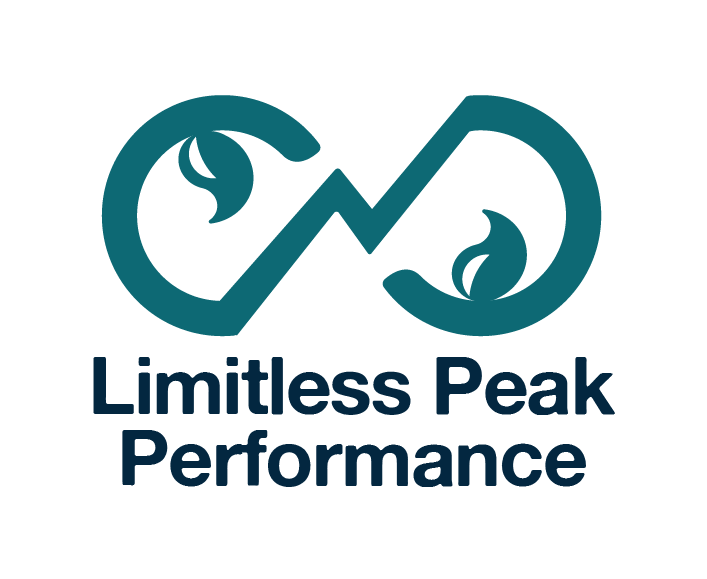I was a toxic leader (and how I fixed it)
I was “The Rounds Bitch”.
That's what they called me behind my back during some of naval career. Not exactly the leadership legacy you dream of, is it?
I was harsh. Unforgiving. I treated inspections like a tick-box exercise rather than opportunities for growth. I thought showing any vulnerability was weakness, so I led with authority and an iron fist.
The result was that I made people cry. Regularly.
The galley rounds from hell
Here’s a perfect example of my toxic leadership in action. During galley rounds (kitchen inspections), the minimum standard was professional level cleanliness. On this one occasion my team wasn't even ready at the most basic level.
Instead of being curious so they could help me understand why they were in that position, I just tore strips off them. Tick-box mentality at its finest - either you met the standard or you failed. No development, no coaching, just harsh assessment.
After this particularly brutal round, I walked out. One of my deputies followed me and said simply, "That was tough, they’ve had a tough trip, they could have done with more of a conversation." They weren't criticising but they were trying to encourage me to show some bloody humanity.
That wasn't a wake-up call. I didn’t get it. Not then, anyway. I was still convinced this was what leadership looked like. There was a standard, they didn’t meet it, end of. (groan)
Push, pull, or drag?
The problem was my approach to getting people to higher standards. I was trying to drag them up to my level of expectation rather than supporting them from behind or pulling them forward with encouragement.
Think about it like this, are you standing behind your team, supporting and pushing them towards success? Are you out front, showing the way and pulling them forward? Or are you above them, trying to drag them up, whether they want you to or not, to where you think they should be?
I was definitely in drag mode. Nobody likes being dragged anywhere, even if the destination is good for them.
The one-trick pony problem
I had one leadership style. It’s what I now know Daniel Goleman calls "pace-setting." Set high standards, show confidence, never show weakness. That's what leaders do, right?
Wrong.
If I'd known about Goleman's work back then, I might have realised I was stuck in pace-setting mode at the cost of everything else. No flexibility, no coaching, no emotional intelligence. Just relentless drive for standards with zero accommodation for the human beings I was trying to lead.
I was so focused on maintaining authority and standards that I forgot people needed to feel safe to perform at their best.
The slow journey to better
Change didn't happen overnight. Years later, when I was working as a consultant at PA, I'd made some progress. I was more self-aware, more flexible, better at reading people and situations.
But I still had work to do.
There was one particular person I really struggled with – our values just weren’t in alignment. Guess what version of me they got? Yep, you got it. The pace-setting, inflexible, harsh version. Even though I was starting to know better by then, I still reverted to type when triggered.
That's when I started having what I call "windows of brilliance". These were moments when I could step back and see my behaviour clearly. When I allowed myself to be human. I started to show vulnerability. I’d admit when I didn't know something. Or when I’d messed something up.
Things began to change.
People began to feel safe enough to take risks, to show me what they were really capable of. Instead of cowering under my authority, they began to flourish.
The irony was that even the people who couldn't stand my pace-setting version started to respond positively. Why? Because they knew where they stood with me, but now they also knew I cared about them as human beings, not just as performers of tasks.
Leading from vulnerability, not authority
Real leadership doesn't come from a position of authority. It comes from vulnerability.
When I stopped trying to be the perfect, unflappable leader and started being the imperfect, learning human being, I became a real leader. My previous experiences of leadership became a teaching tool. I don’t just show people how to do things right, but I share with them how I messed up and what I've learned from it. It’s one of my USPs for my coaching;
I coach from the trenches, not a pedestal.
The uncomfortable truth
I was a toxic leader because I thought leadership meant having all the answers and never showing weakness. I was wrong on both counts.
The best leaders I know, and the leader I eventually became, understand that admitting you don't know everything isn't weakness. It's honesty. Honesty creates the psychological safety that allows teams to thrive.
If you want to get the best from people...
Stop trying to be perfect. Start being real.
Your team doesn't need you to have all the answers. They need you to create an environment where they feel safe to find the answers themselves, to take risks, and yes, to occasionally mess up.
If you're leading through authority alone, you're probably just someone else's "Rounds Bitch" story waiting to be told.
Don't be that leader. Be better.
What about you? Have you ever been guilty of toxic leadership behaviours? Or have you experienced them from others? I'd love to hear your stories - the good, the bad, and the downright ugly. Afterall, that's how we all learn to be better.
If you're struggling with your leadership style or want to develop more authentic, effective leadership behaviours, drop me a message. Let's have a chat about how you can change your approach. No judgment, just honest conversation about what actually works.

